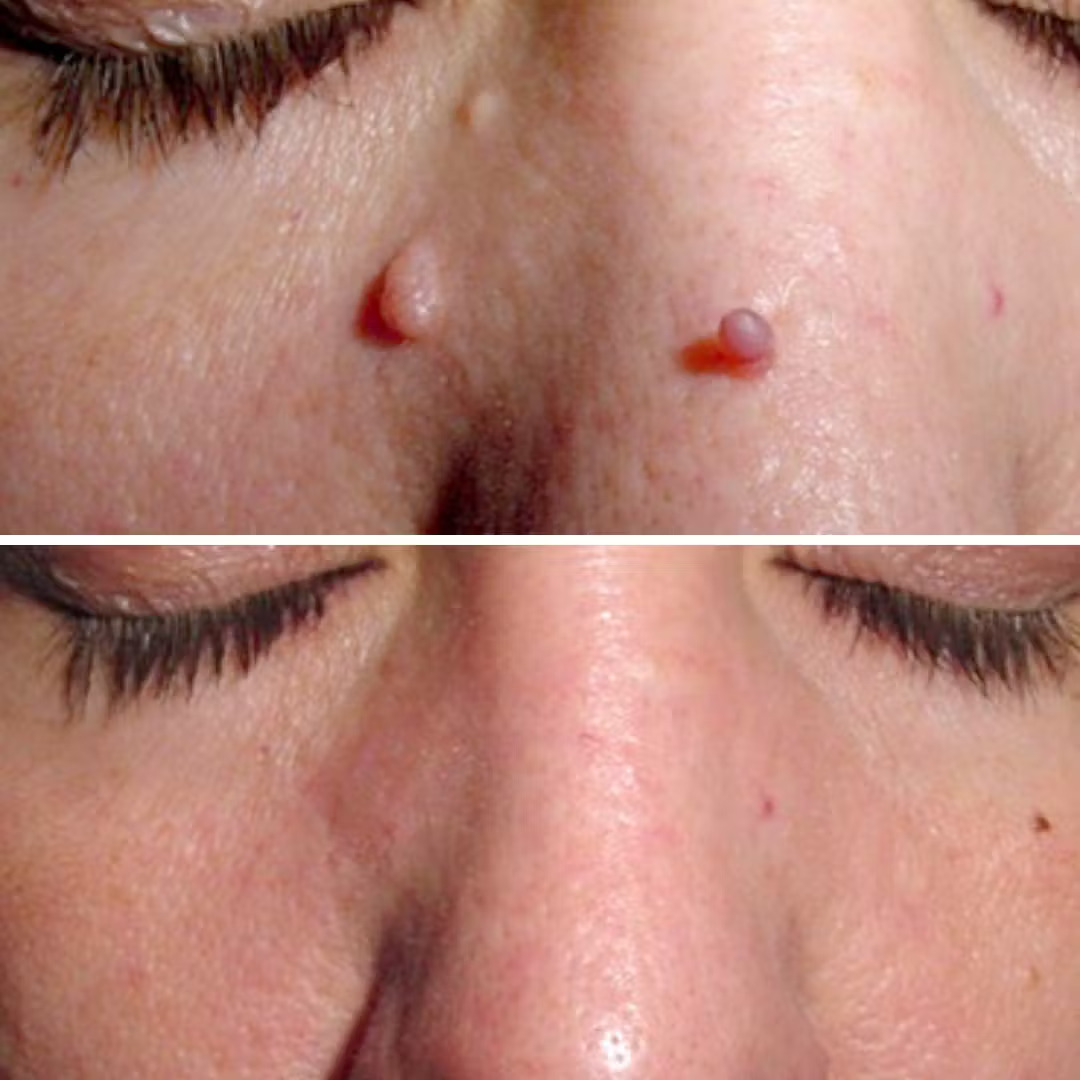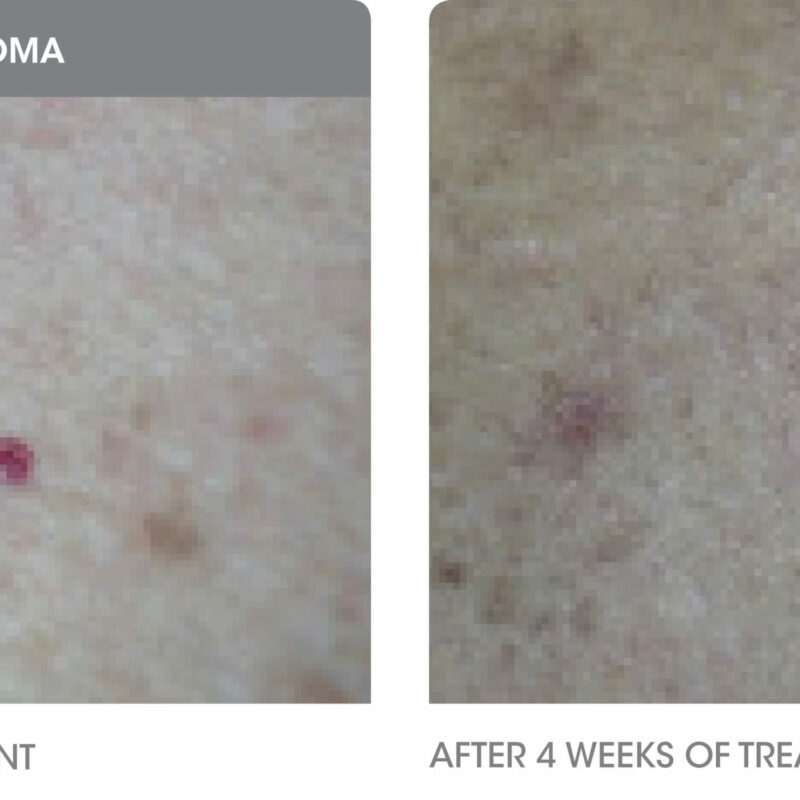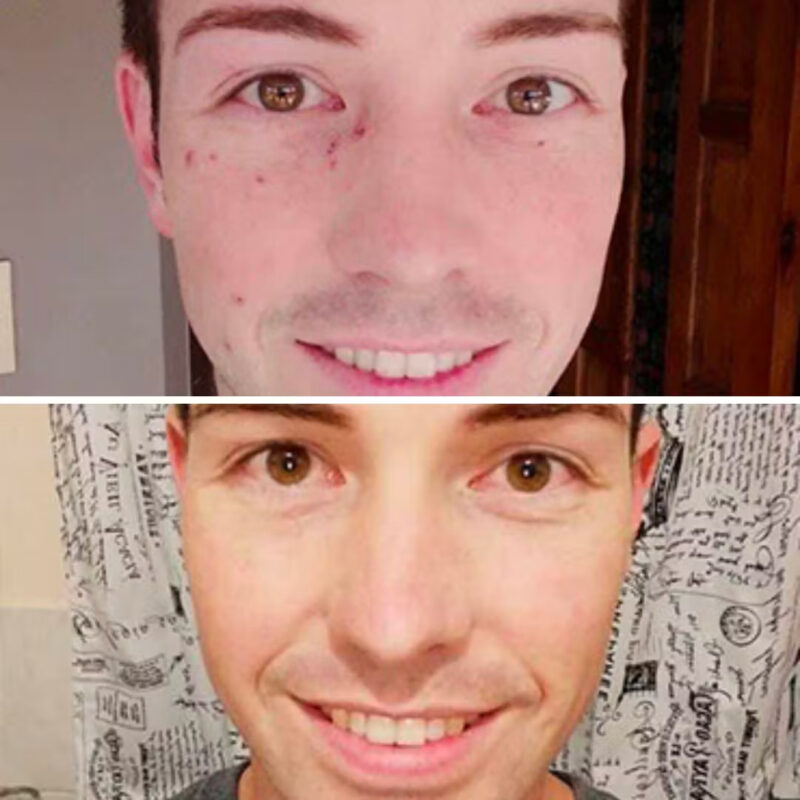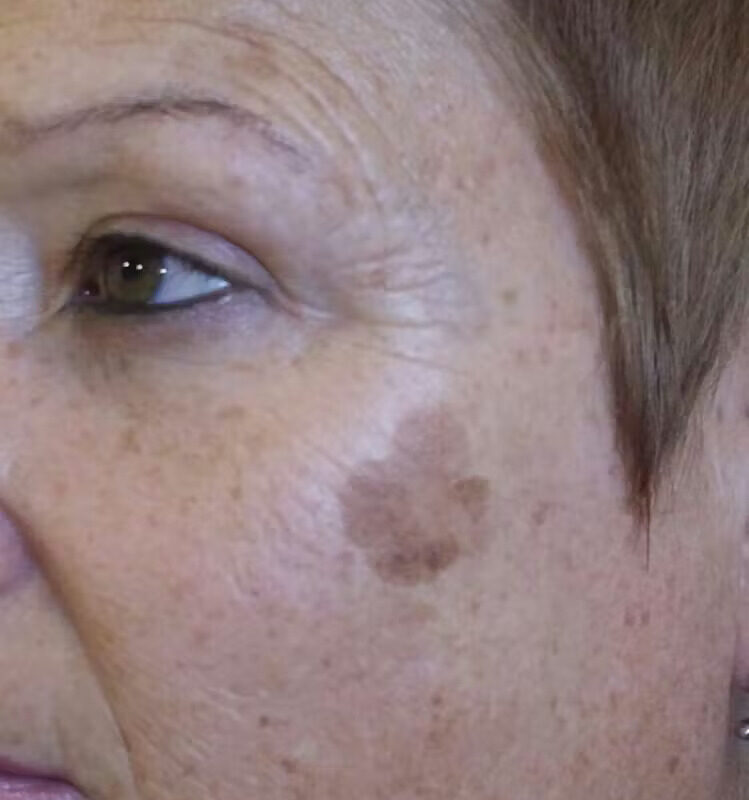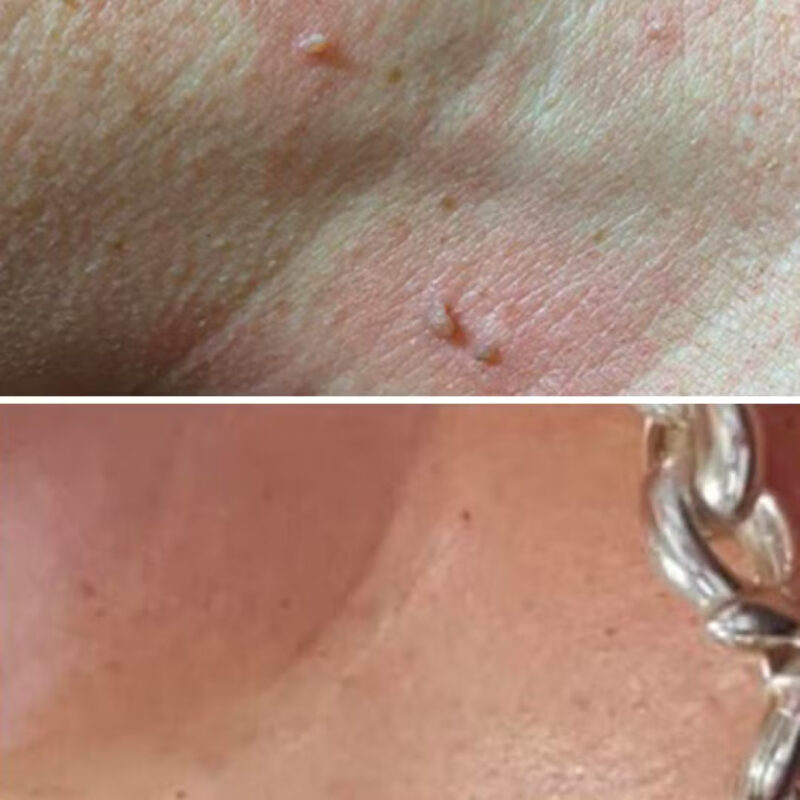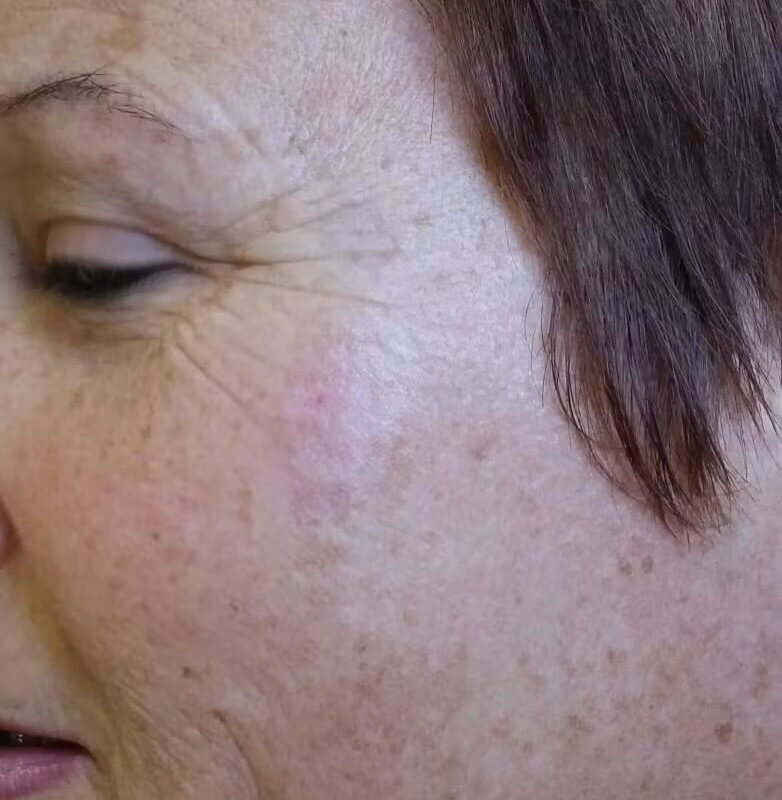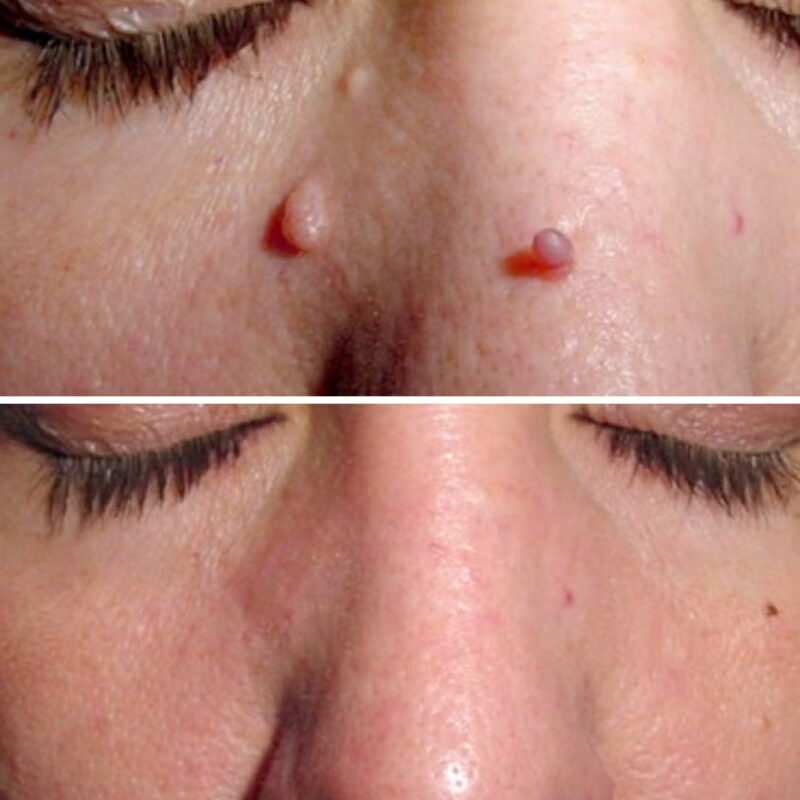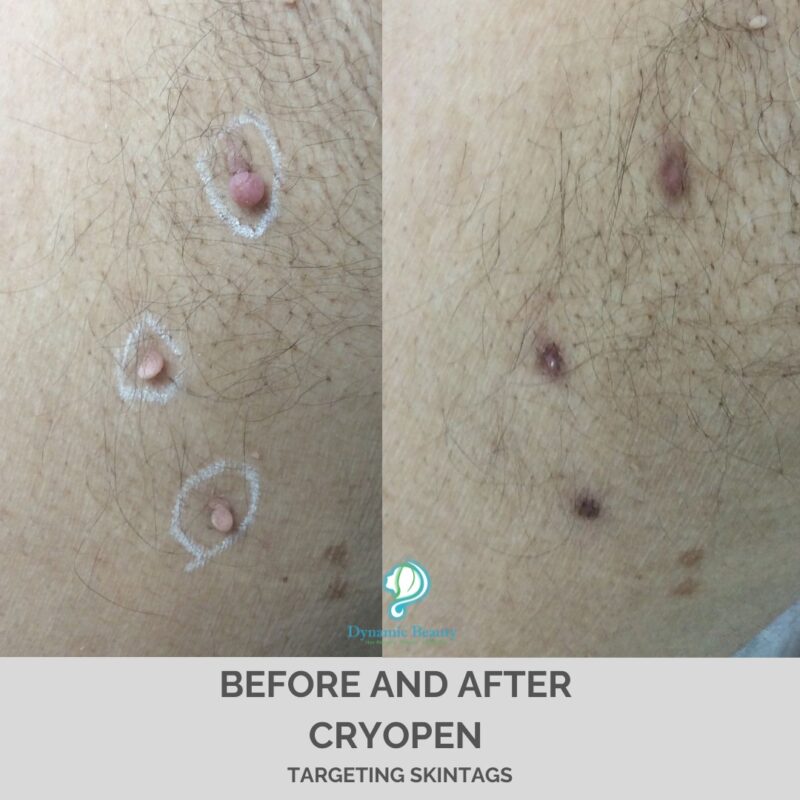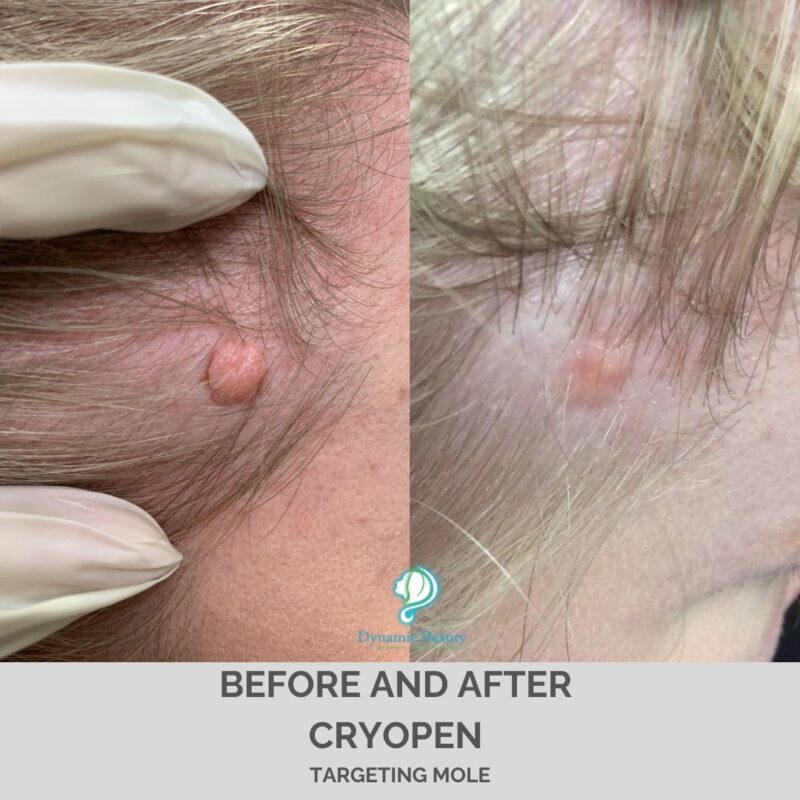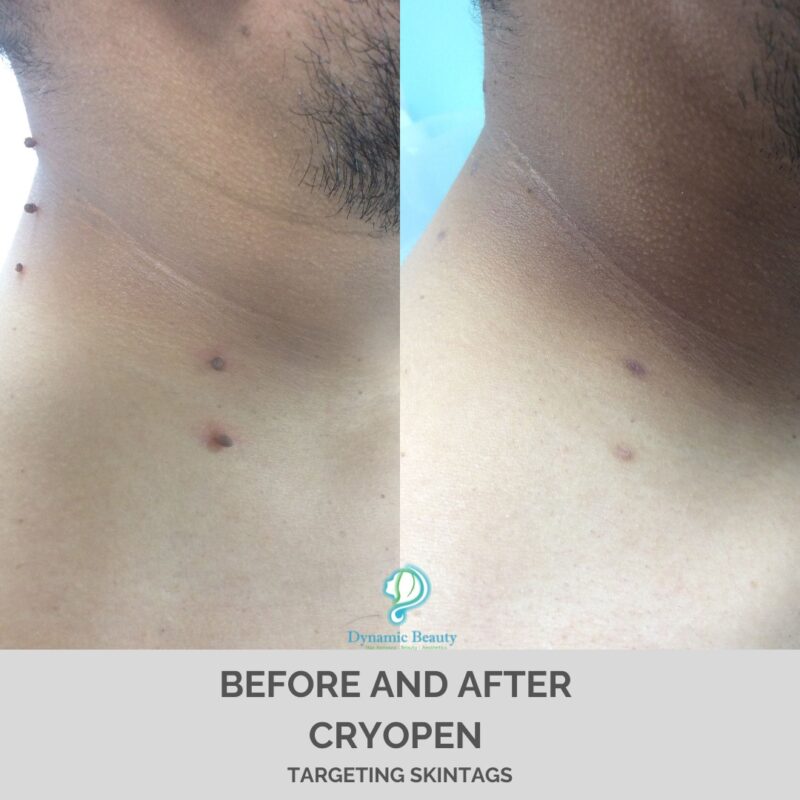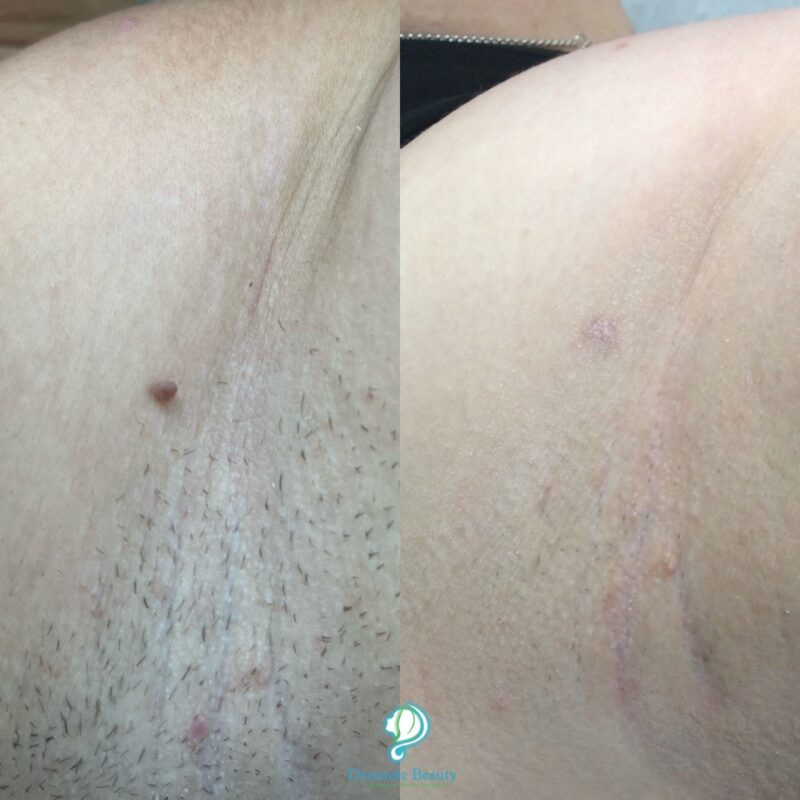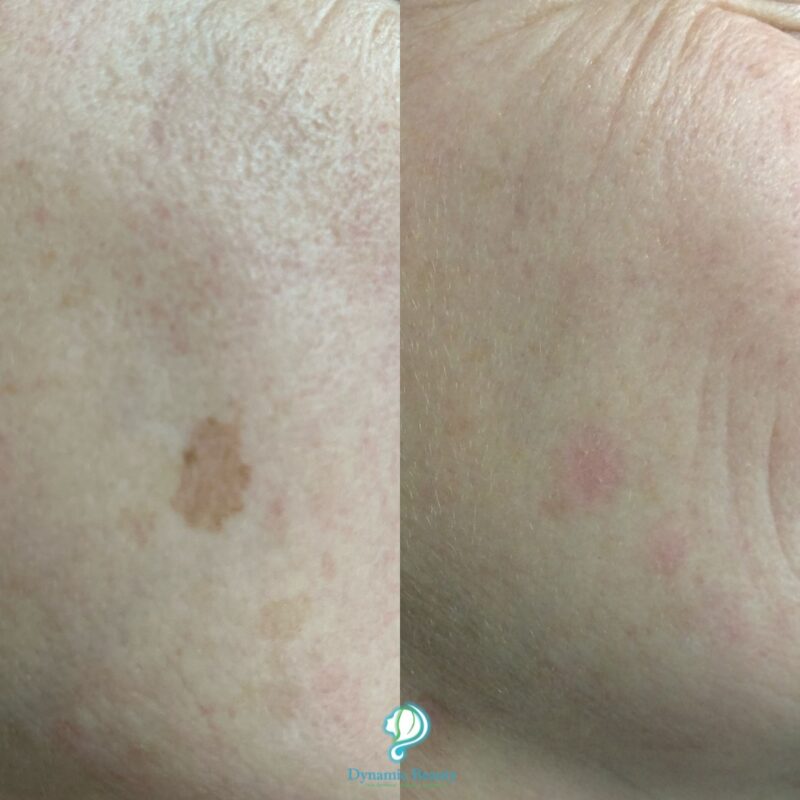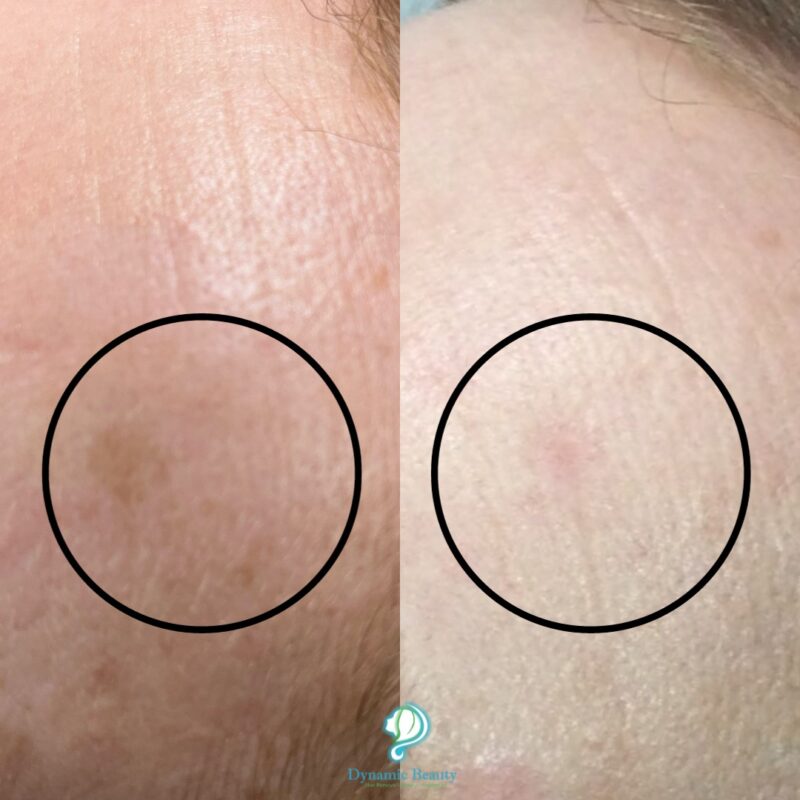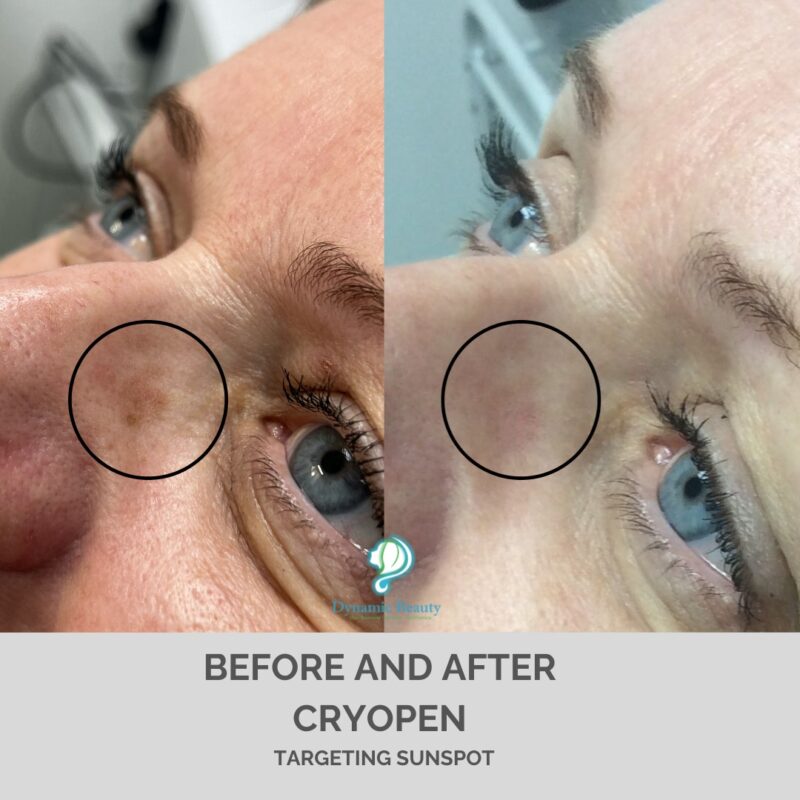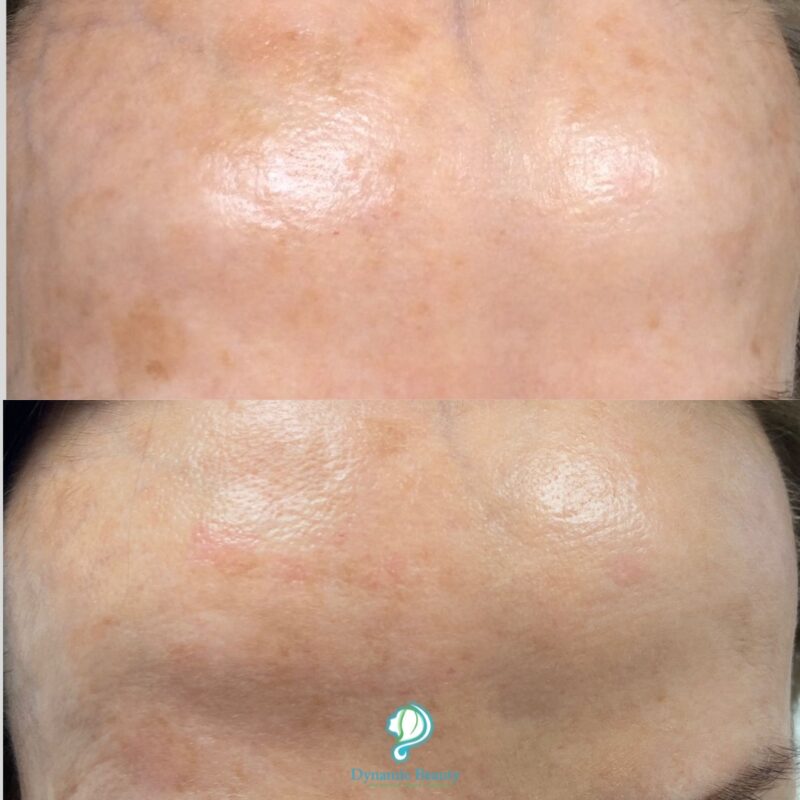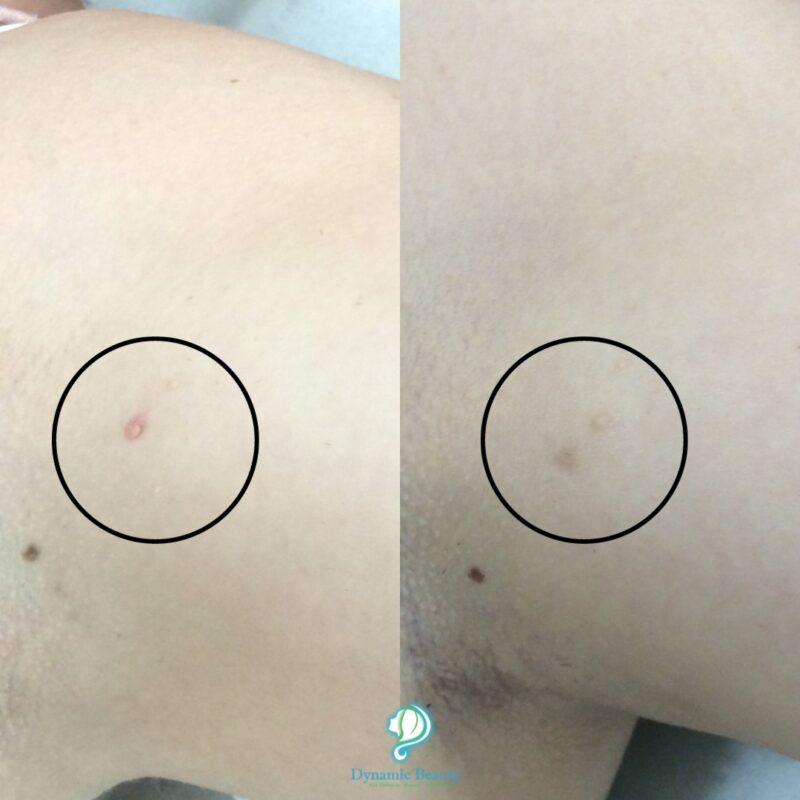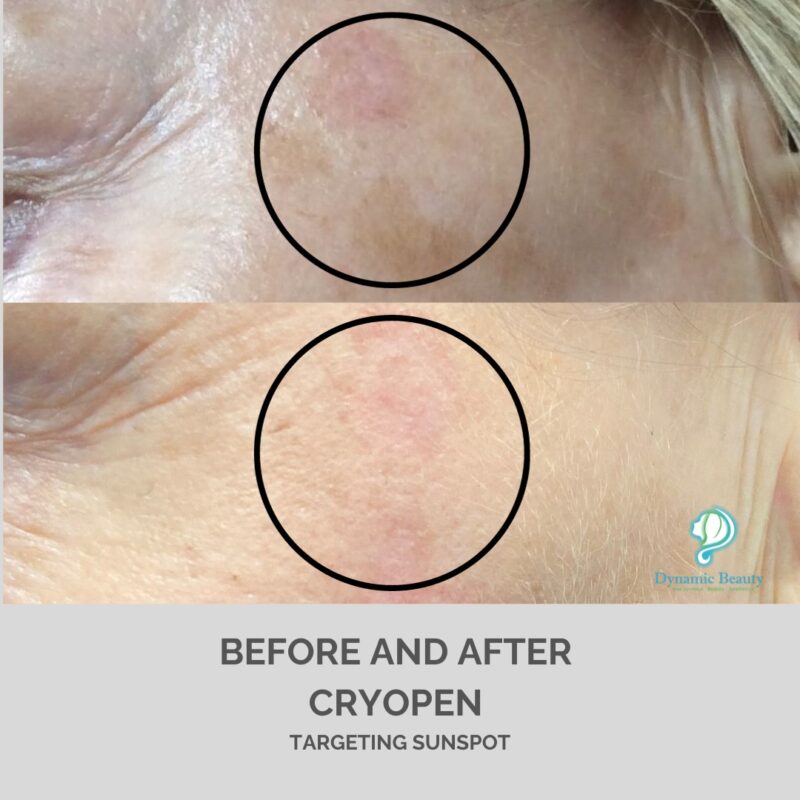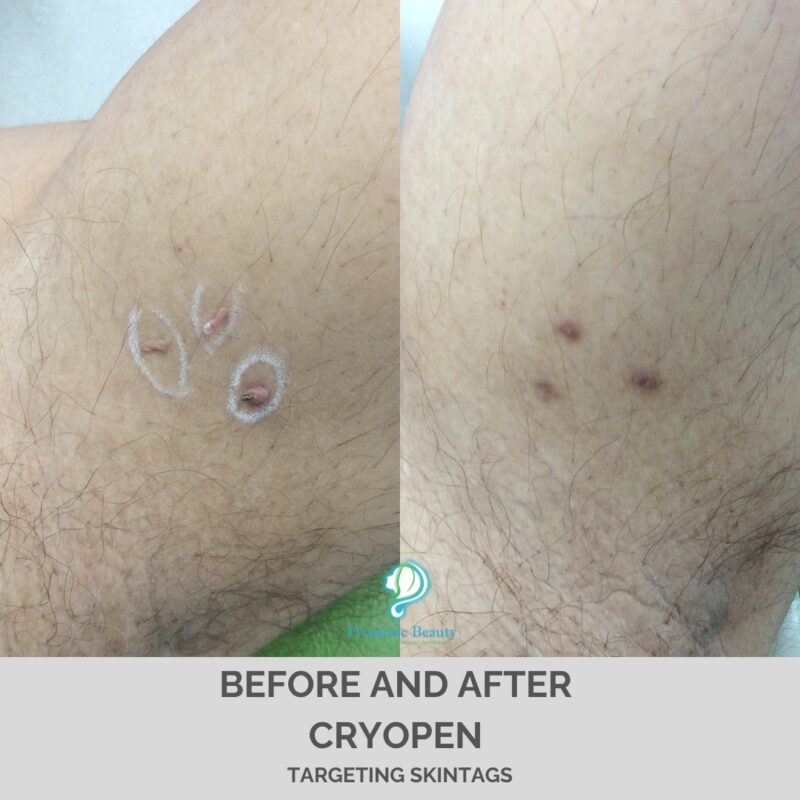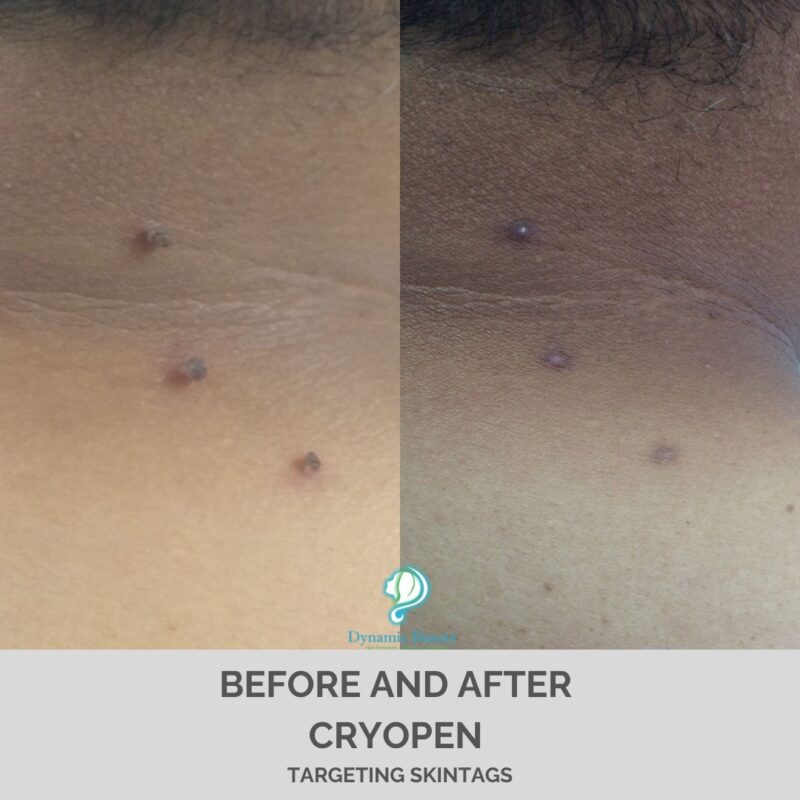CryoPen
TREATMENT TIME
15 mins
STARTING PRICE
£55
RECOVERY TIME
2-3 weeks
NO. OF SESSIONS
1-4
Lesions can be treated in less than 2 minutes
Virtually painless, no anaesthesia is required
Permanent results within 1 – 4 treatments
What is CryoPen?
CryoPen™ is a state of the art treatment that uses extreme cold, or cryotherapy, to painlessly and safely destroy unwanted, benign and superficial lesions on the surface of the skin, such as warts, skin tags, verrucae, milia, cherry angiomas, scars, and resistant hyperpigmentation.
Pricing
First lesion (per session)
£55
Each additional lesion (per session)
£15
Frequently asked questions
WHAT CAN CRYOPEN TREAT?
CryoPen treats benign skin lesions on the surface of the skin, many of which are no longer able to be treated by doctors under the NHS, due to their cosmetic nature. More complex lesions should be examined first and treated by a suitably qualified medical professional, so you may wish to speak to your GP about them first. It can treat lesions on the face, scalp and body including:
- Skin tags
- Age/liver spots
- Milia
- Cherry angioma
- Viral verrucae (warts)
- Solar lentigo (sun spots)
- Other pigmentation
- Plantar warts
- Condyloma (genital or anal warts)
- Popular nevi (moles, birthmarks etc)
- Contagiosum (water warts)
- Hyperplasia
Treatment is safe for all including children and young adults.
HOW DOES CRYOPEN WORK?
CryoPen therapy is a medical procedure that involves the application of nitrous oxide gas ejected under high pressure onto the skin. The gas is very cold which helps to freeze and destroy any benign lesions.
During the application, the tip of the CryoPen reaches -89°C. The reason for this is to create a thermal shock at the region where the gas is pointed by causing a rapid drop in temperatures. The temperature drop has the effect of crystallising the fluid contents of the targeted cells, turning them into ice shards, resulting in the destruction of skin lesions as the membrane surrounding the treated cells is ruptured and destroyed.
The penetration of the cold is approximately 1mm per 5 seconds of treatment, so a 2mm sized lesion would take 10 seconds of nitrous oxide gas to treat.
During treatment, you may see a frost or ice field on the top of the lesion. This shouldn’t cause any worry as the frost usually goes away within a few seconds. A common technique called freeze-thaw-freeze used to freeze, then defrost a frozen lesion, and then freeze it again. Here, the frozen lesion is allowed to rest for 30 seconds and then a second treatment applied whereby the tissue will freeze faster the second time around and destruction of the lesion is more guaranteed.
WHAT AFTERCARE IS REQUIRED?
After treatment, it is advisable to leave the area uncovered as this speeds up the healing process. However, your practitioner may apply a simple dressing or plaster if there is a chance that the lesion may get rubbed or aggravated in any way.
HOW LONG DOES IT LAST?
Clinical data shows that the results are permanent after one or two treatments. Some types of skin lesions may return in other places if you are prone to such manifestations.
IS IT PAINFUL?
Most people feel a cool sensation, like a deodorant being sprayed on the area. however, in some cases, there can be a slight pain sensation similar to a stinging nettle on the skin when the nitrous oxide reaches the bottom of the area. There might be a little residue stinging for a few minutes after treatment. The area will be slightly itchy for about 10 minutes. Occasionally a blister may appear for a few hours.
IS CRYOPEN SAFE FOR ALL SKIN TONES?
CryoPen can treat all skin types and colours including Asian and black skin. Freeze times are adjusted to suit each individual client.
ARE THERE ANY SIDE EFFECTS?
CryoPen treatment is non-invasive and relatively low risk. During the healing process, the treated area may develop some pigment change, either darker (hyperpigmentation) or lighter (hypo-pigmentation). This colour loss may take longer to return in darker pigmented skin. This will generally improve over a period of a few months but sometimes may persist indefinitely. If a pigment change occurs, we recommend you book a review appointment with us so that we can advise you accordingly.
Freezing can cause some irritation to some of the small nerves in the skin and lead to an area of numbness, tingling or hypersensitivity. These symptoms will generally improve over a period of weeks or months.
